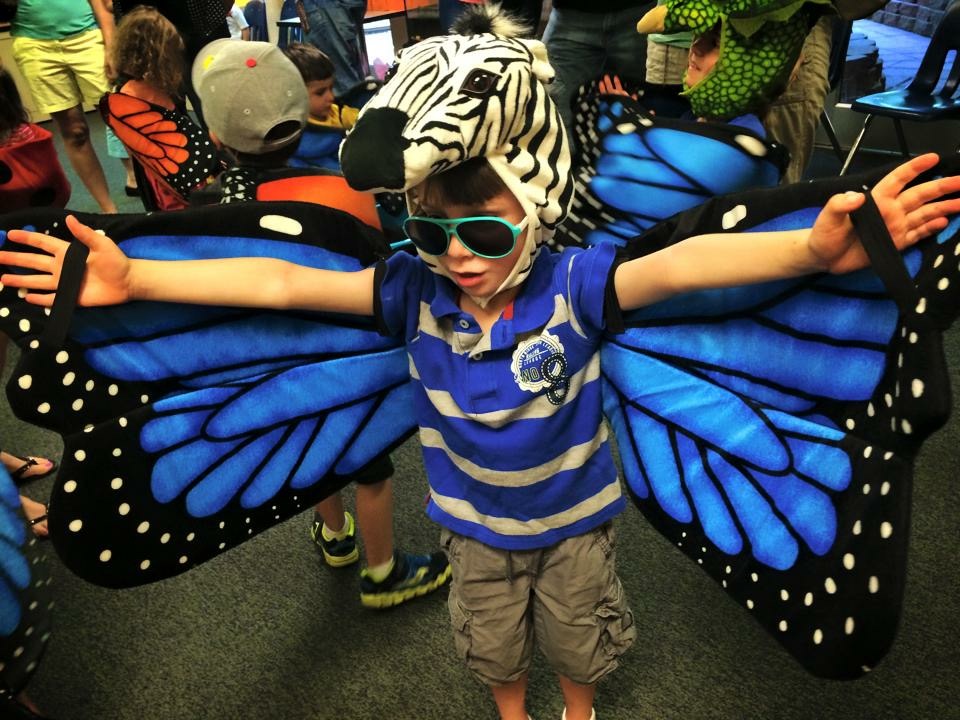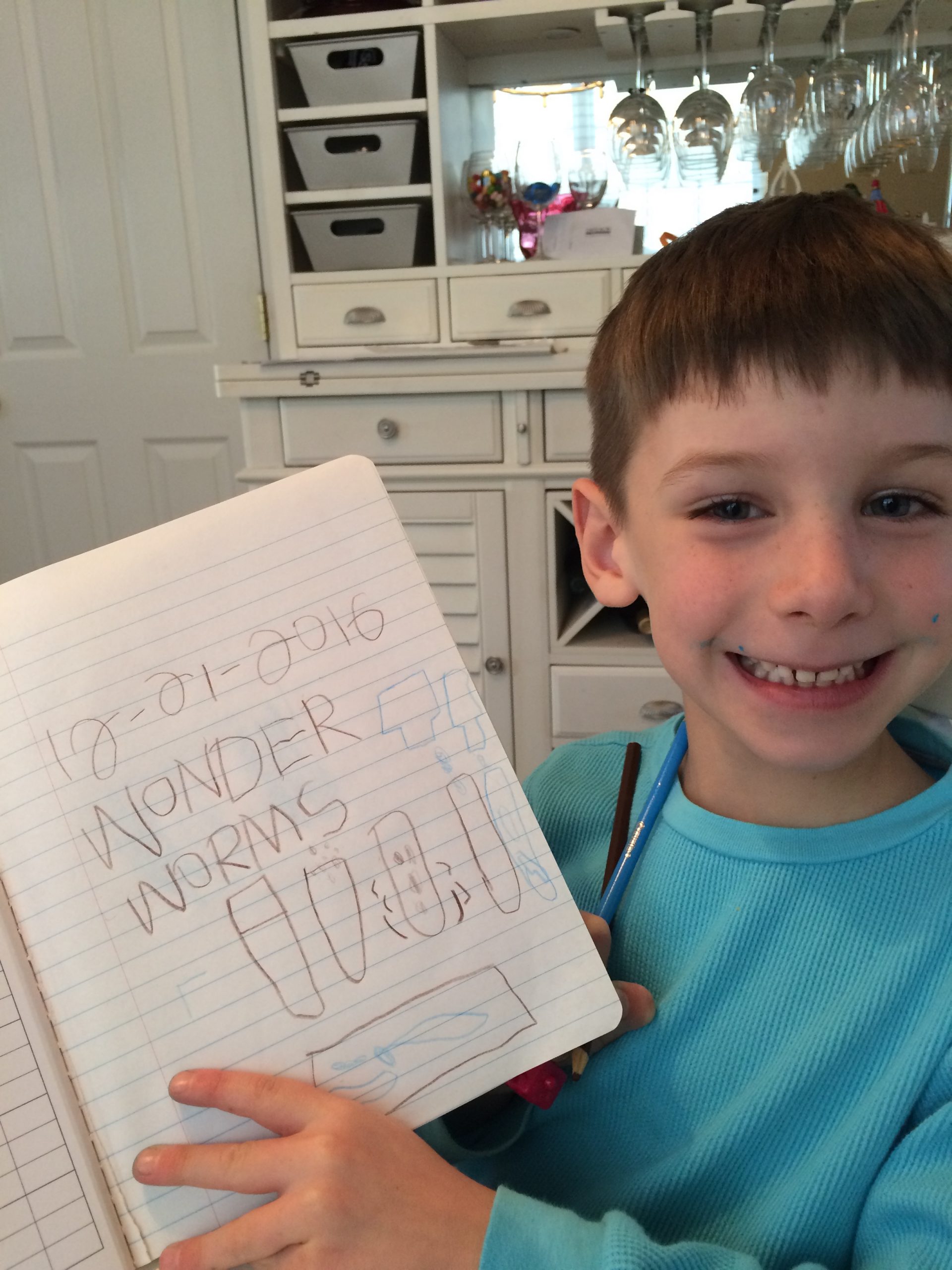School friendships help students in the classroom with academics. Students with no friends receive lower grades. This is under a 2019 Educational Psychologist journal reported by Jaana Juvonen. Also, Brett Laursen, editor-in-chief of the International Journal of Behavioral Development: “There is a massive gap between being friended and friendless,” he says. The study further shows a decline in mental health with no friendships. The lack of friends also causes truancy, inability to focus, limited working memory, and lack of participation in the classroom.
School Friendships and the Classroom
Students that have friends enable school tasks that are mundane more fun. Friends that work together on school assignments have good behavior, learn faster, and complete tasks. As students work with a friend, they stay engaged in tasks. Otherwise, a student with no friends is less engaged.
Students develop a sense of belonging in the formation of friendships. However, some students have trouble making friends. Social media excludes certain students. Therefore, they cannot make friends. There are many strategies to use in the classroom to create a friendly climate.
- Make it a point for students to feel comfortable with a sense of belonging. Find their strengths and interests.
- Set up rules on how students should work together and how they must treat each other.
- Use pairs and teams to work together to help promote friendships. Group students that have similar interests rather than similar academic skills.
- Responsibilities in the classroom help students interact with each other. This shows trust in important tasks.
- Ice-breaking activities help students to share ideas. Activities can be a whole class or pair-share.
- Seek the aid of school counselors for additional ideas.
Forced friendships do not work. Encourage students to share, be kind, and help other classmates. Seat students as close as possible in the classroom. Even if students dislike each other, because they are in proximity to each other, they realize commonalities. Thus, they form friendships.
Praise the Positive
Praise the positive and encourage healthy social interaction. Students learn through modeling. Therefore, they praise each other. Encouragement praise shows appreciation towards the effort. Praise builds connections between and among students. It gives students a sense of accomplishment. Plus, it gives all students motivation to learn.



